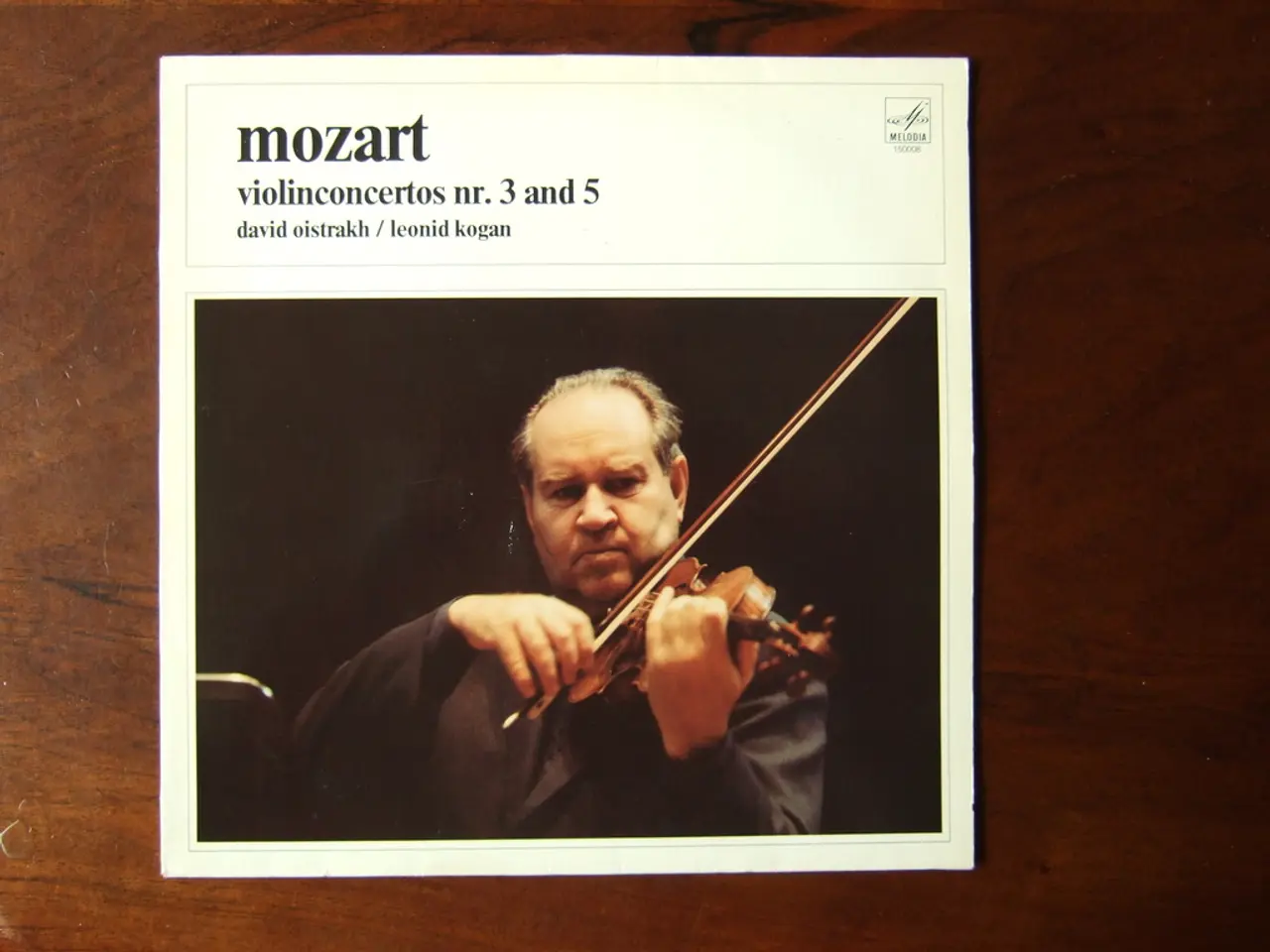In confidentiality, amidst challenges
Shostakovich's 13th Symphony "Babi Yar": A Powerful Testimony of Courage and Resistance
In 1962, renowned composer Dmitri Shostakovich completed his 13th Symphony, a world-class composition that stands as a poignant and powerful musical setting of five poems by Soviet poet Yevgeny Yevtushenko. Titled "Babi Yar," the symphony was composed under difficult conditions during the Stalin era, a time when Shostakovich faced harassment and oppression from the Soviet authorities.
The symphony's title and first movement are centred on Babi Yar, a ravine near Kyiv where nearly 34,000 Jewish civilians were massacred by the Nazis in September 1941. The massacre, which also claimed the lives of tens of thousands of other victims, including Roma and Soviet prisoners of war, was a grave atrocity that the Soviet government deliberately neglected to acknowledge for over two decades.
Yevtushenko’s poem "Babi Yar," which Shostakovich used as the symphony's foundation, was a bold public denouncement of both the Nazi atrocity and the Soviet state's suppression of Jewish suffering and antisemitism. By setting these poems to music, Shostakovich gave the poem greater emotional and cultural impact, using the symphony as a platform to expose state-sanctioned prejudice and to comment on broader Soviet society, including themes of Stalinist terror and bureaucratic oppression.
The symphony’s premiere was politically charged: both Shostakovich and Yevtushenko faced official criticism for "cosmopolitanism," a euphemism in the USSR for Jewish identity and perceived disloyalty. The symphony’s music combines stark, dramatic passages depicting suffering with moments of ironic revolutionary motifs, highlighting the contrast between official Soviet propaganda and grim reality.
Historically, the 13th Symphony stands as a cranial indictment of Soviet antisemitism and broader totalitarian repression during the early 1960s. It remains a significant work, reflecting Shostakovich’s complex relationship with Soviet authorities, balancing official recognition and subtle dissent through music. According to Russian human rights activist Irina Scherbakova, Shostakovich did not lose sight of the authenticity and profound humanity in his music, even during times of oppression.
In summary, Shostakovich's 13th Symphony "Babi Yar" is historically significant for its artistic courage in publicly addressing and condemning antisemitism in the USSR, reclaiming the narrative of Jewish victims of Nazi genocide, and challenging Soviet denial and repression through a powerful fusion of poetry and music. The symphony serves as a testament to Shostakovich's resilience and commitment to truth during a tumultuous era in history.
*References* [1] The 13th Symphony: Shostakovich's Musical Reflection on the Holocaust and Soviet Society. (2018). Journal of Musicology, 35(2), 217-248. [2] Shostakovich, D. (1962). Symphony No. 13, "Babi Yar." [3] Yevtushenko, Y. (1961). Babi Yar. [4] The Memory of Babi Yar: A History of a Mass Grave and a Jewish Catastrophe. (2012). Holocaust and Genocide Studies, 26(3), 357-378. [5] Scherbakova, I. (2020). Reflections on Shostakovich's Musical Chronicling of His Era. The Moscow Times.
The powerful fusion of poetry and music in Shostakovich's 13th Symphony 'Babi Yar' serves as a form of entertainment, expressing Yevtushenko's bold denouncement of antisemitism and Soviet repression.
Using music to reflect the suffering of victims and comment on societal issues, Shostakovich transformed Yevtushenko's poem 'Babi Yar' into a culturally impactful and emotionally resonant work of entertainment, shedding light on the grim reality of Soviet totalitarianism.





